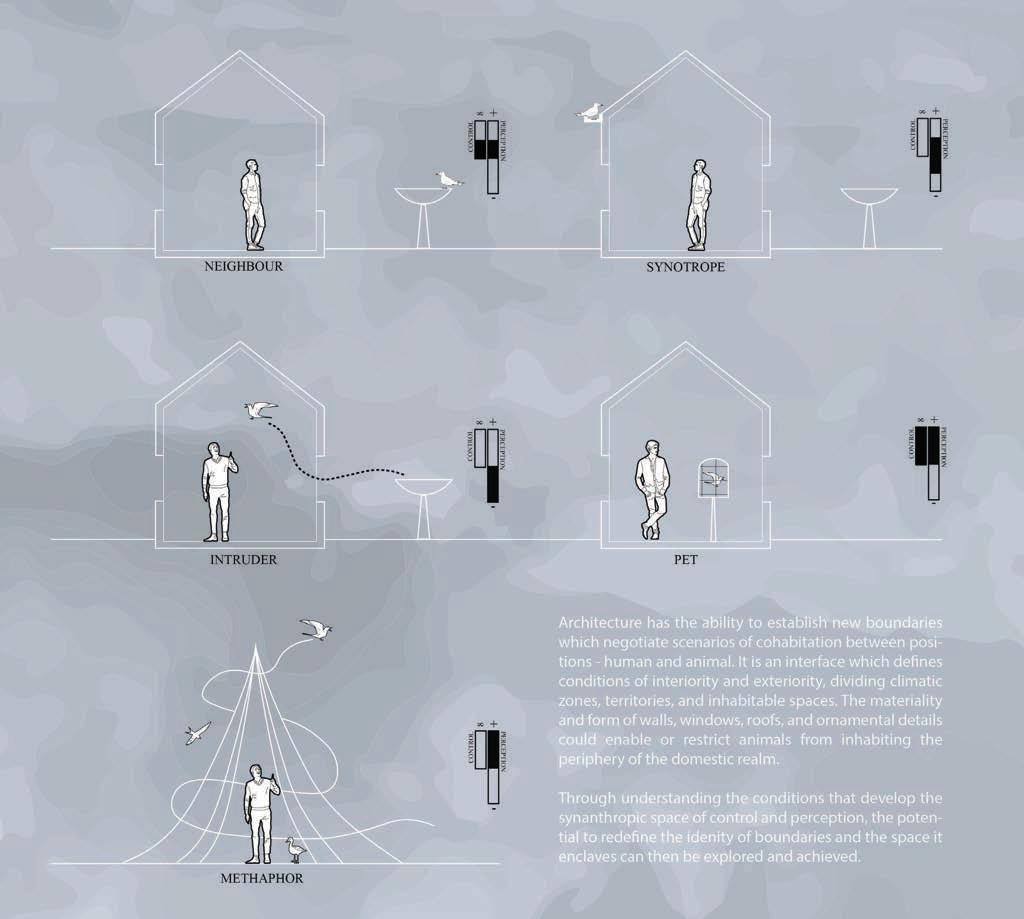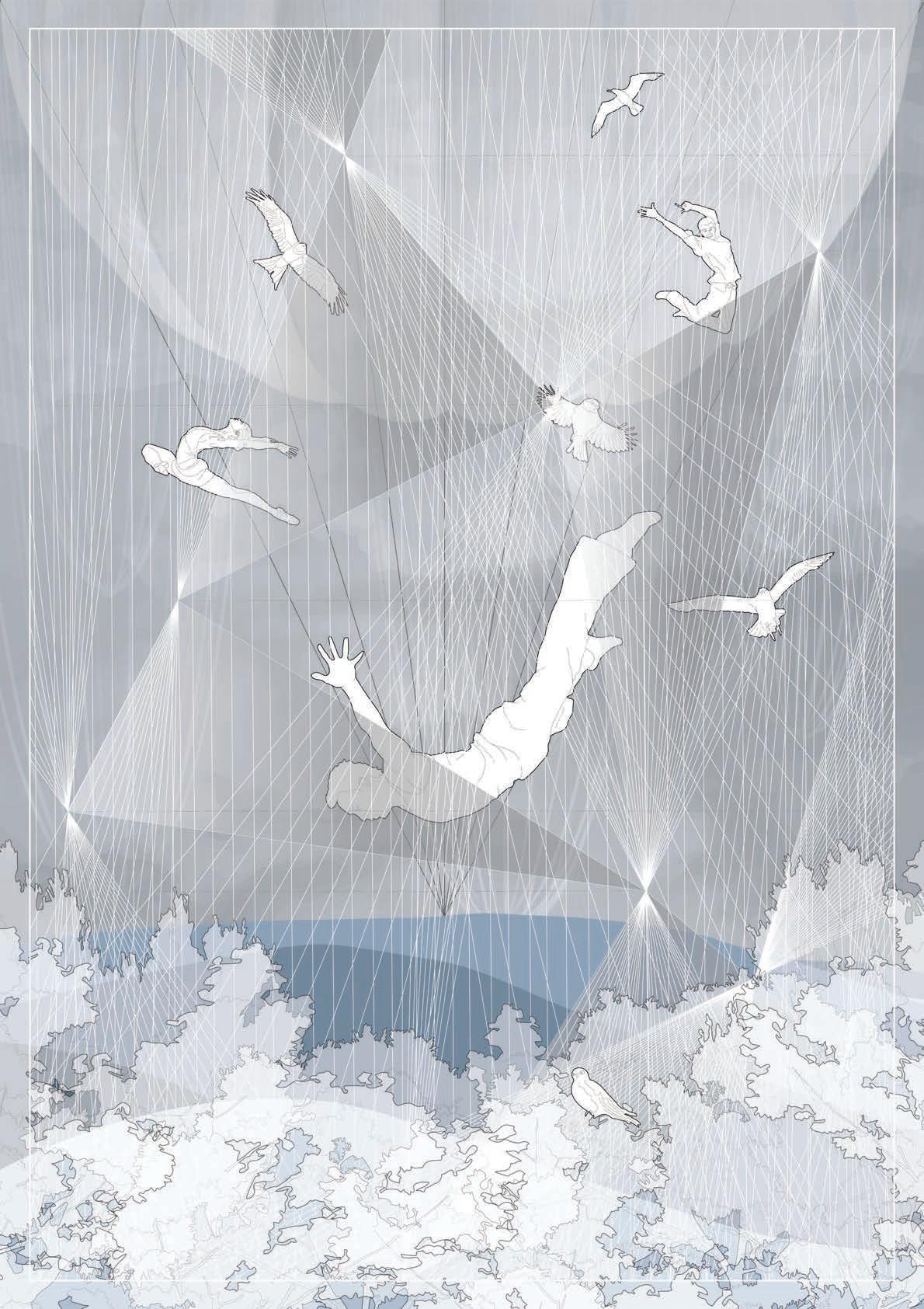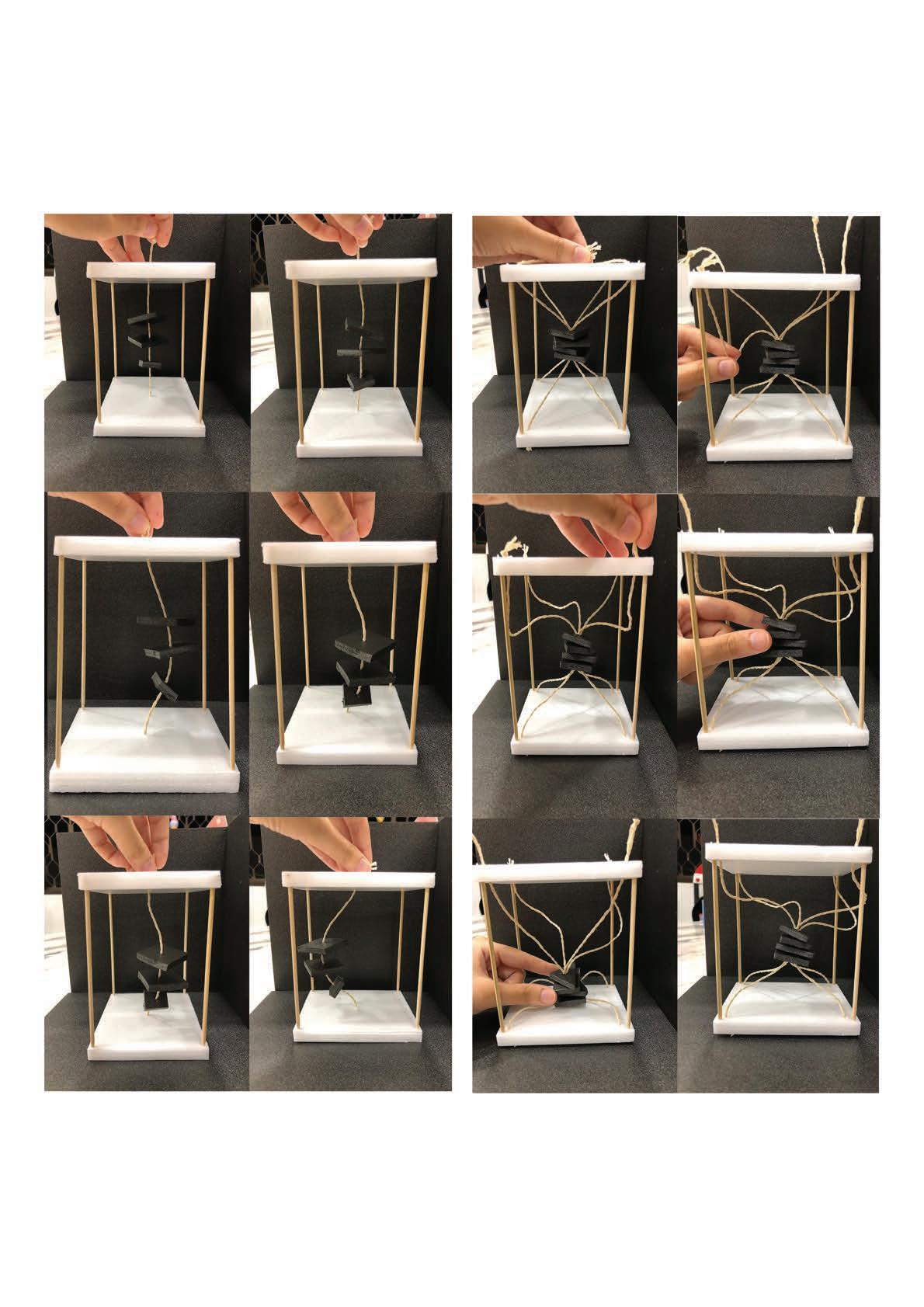
2 minute read
Synanthropic Space
Forecast Synanthrophic Space
synanthrope noun [c] /ˈsynanthrope/
Advertisement
1. a member of a species of wild animal or plant that lives near, and benefits from, an association with human beings and the somewhat artificial habitats that people create around themselves
The synanthropic examines the condition where what is commonly established as an exterior element constructively blurs the line of division and separation to create a seamless cohabitating space where the interior and exterior co benefits from each other’s existence at the boundary. When this condition is achieved, the boundary no longer acts as a point or line of exclusion but establishes a new identity of coexistence.
Similarly, Architecture has the ability to establish new boundaries which can negotiate scenarios of cohabitation between positions (Sarah Gunawan, 2016). It is this interface that defines conditions of interiority and exteriority, of which can be transformed into connections. This forecast hence envisions a seamless synanthropic space which that has productive interfaces which delineates territories and have the potential to create new ecological, cultural and political relationships among humans and also non-humans.



4
Architecture: Entanglement of Positions


Concept Elasticity & Suspension
Through model making, the concepts of elasticity and flexibility was explored to see the performance of this nature through strings as the main material. The performance of the string with its flexible and elastic nature allowed for the creation of gaps and spaces as the string changes in tension. These gaps form organically and as a result of the changes in tension placed on the string.
At the same time, this idea was also explored when more strings were attached on the same planes, creating a complex situation where the changes in tension of one would affect the gaps created towards the direction of the strings in tension. It is hence understood that the performance of string is highly dependent on the tension placed on its ends, allowing to it create flexible gaps and pockets of avenue.
As such, this idea would propogate a representation of the complex layers and positions on the site as well as the desire to entangle these positions. For which, there is potential to explore this concept idea in relation to space and architecture.


5

Conclusion











